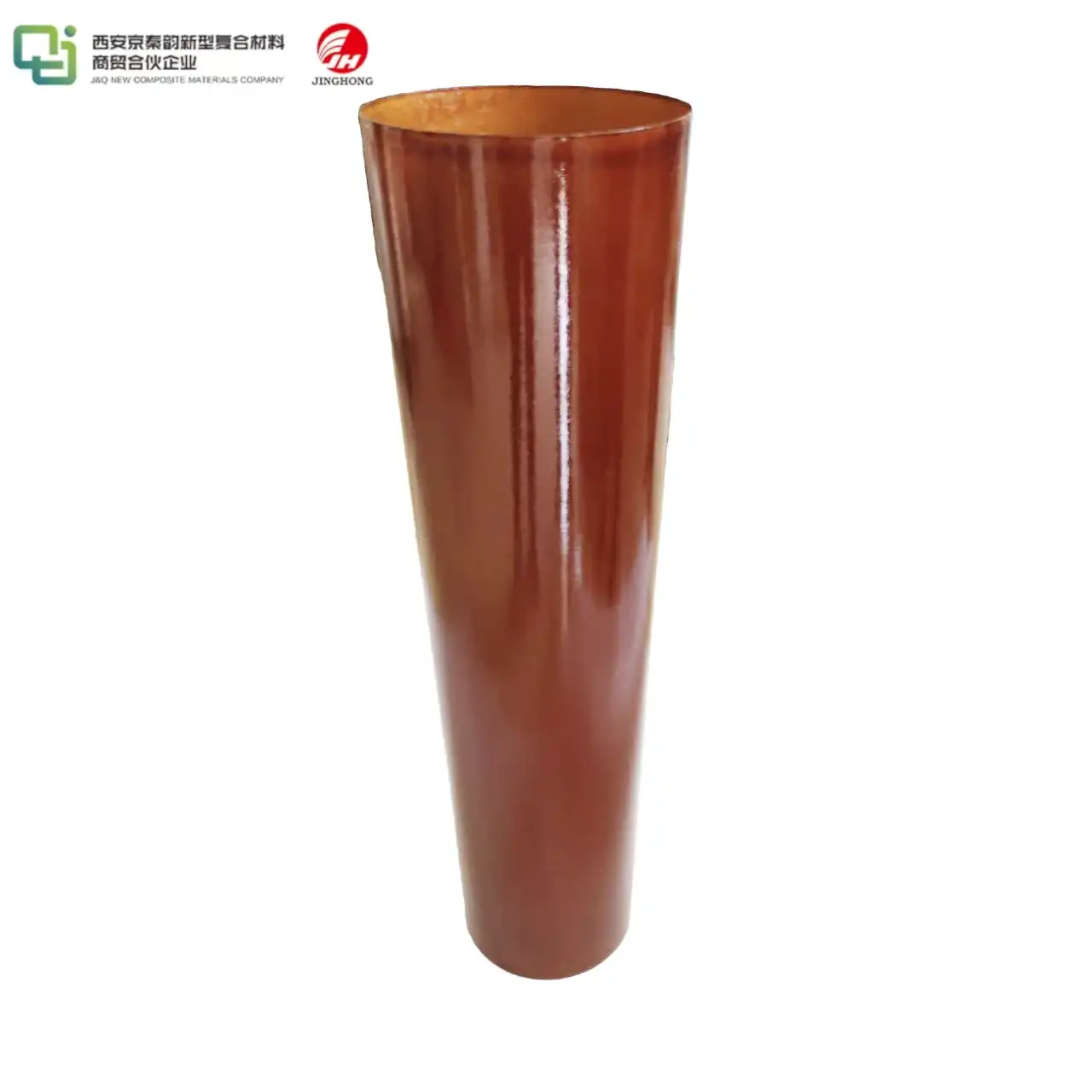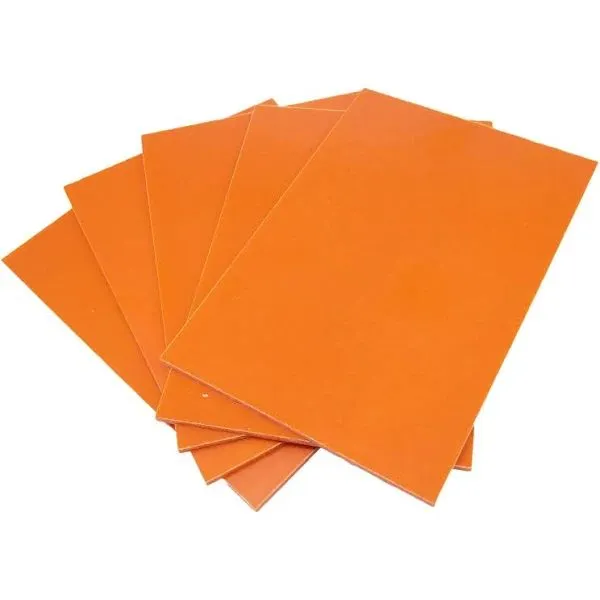How is FR4 Epoxy Fiberglass Board made?
2024-10-22 17:00:58
FR4 epoxy fiberglass board, also known as FR4 epoxy fiberglass sheet or FR4 epoxy glass sheet, is a crucial material in the electronics industry. This versatile and robust material serves as the foundation for printed circuit boards (PCBs) and various insulating applications. In this comprehensive guide, we'll delve into the intricate process of manufacturing FR4 Epoxy Fiberglass Board, exploring its components, production steps, and unique characteristics that make it indispensable in modern electronics.
The Components of FR4 Epoxy Fiberglass Board
Before we dive into the manufacturing process, it's essential to understand the key components that make up FR4 epoxy fiberglass sheet. This remarkable material is a composite of several carefully selected elements, each contributing to its exceptional properties.
Fiberglass Reinforcement
At the core of FR4 epoxy fiberglass sheet lies a woven fiberglass fabric. This fabric provides the structural integrity and dimensional stability that are hallmarks of FR4 materials. The fiberglass reinforcement is typically composed of E-glass fibers, known for their excellent electrical insulation properties and strength-to-weight ratio.
Epoxy Resin System
The epoxy resin system is the binding agent that holds the fiberglass fabric together and imparts many of the desirable characteristics of FR4. This thermosetting polymer is carefully formulated to provide excellent electrical insulation, thermal resistance, and mechanical strength. The epoxy resin used in FR4 epoxy glass sheets is typically a blend of various components, including base resins, hardeners, and flame retardants.
Flame Retardants
The "FR" in FR4 stands for "Flame Retardant." These additives are crucial in ensuring the material meets stringent fire safety standards. Brominated compounds are commonly used as flame retardants in FR4 boards, although there's a growing trend towards more environmentally friendly alternatives.
The Manufacturing Process of FR4 Epoxy Fiberglass Board
The production of FR4 epoxy fiberglass sheet is a multi-step process that requires precision and expertise. Let's explore the key stages involved in creating this essential material.
Fiberglass Weaving
The manufacturing process begins with the production of fiberglass fabric. Glass fibers are drawn from molten glass and rapidly cooled to form continuous filaments. These filaments are then woven into a fabric using specialized looms. The weave pattern and density are carefully controlled to achieve the desired properties in the final FR4 board.
Resin Impregnation
Once the fiberglass fabric is prepared, it undergoes a process called impregnation. The fabric is passed through a bath of liquid epoxy resin, ensuring thorough saturation of the fibers. This step is crucial in achieving a uniform distribution of resin throughout the material, which directly impacts the final FR4 epoxy fiberglass sheet's performance.
B-Stage Processing
After impregnation, the resin-coated fabric enters the B-stage processing phase. In this step, the material is partially cured under controlled temperature and pressure conditions. The result is a semi-cured product known as "prepreg" (pre-impregnated), which has a tacky consistency and can be easily handled for further processing.
Final Production Steps and Quality Control
The final stages of FR4 epoxy fiberglass sheet production involve several critical steps to ensure the material meets the exacting standards required for electronic applications.
Lamination and Curing
To create a high-quality FR4 board, multiple layers of prepreg are meticulously stacked to reach the desired thickness. This carefully arranged stack undergoes a lamination process involving elevated temperatures and substantial pressure. During this critical phase, the epoxy resin present in the prepreg fully cures, effectively bonding the layers together. This results in a solid, uniform sheet of FR4 material, characterized by its excellent mechanical properties and electrical insulation capabilities, making it suitable for various electronic applications.
Surface Finishing
Once the lamination is complete, the FR4 epoxy fiberglass sheets are subjected to various surface finishing processes to achieve the desired flatness and smoothness. This may include techniques such as sanding and polishing, which refine the surface texture. Depending on the specific needs of the end application, additional surface treatments may also be applied to enhance properties like adhesion or moisture resistance, ensuring optimal performance in their intended use.
Quality Assurance and Testing
Throughout the production process, stringent quality control measures are enforced to guarantee the highest standards. Once the FR4 epoxy fiberglass sheets are completed, they undergo a comprehensive series of tests designed to assess their electrical, mechanical, and thermal properties. This rigorous testing protocol not only ensures that the material adheres to industry standards but also confirms that it meets specific customer requirements, providing confidence in the board's reliability and performance in various applications.

Conclusion
The manufacturing of FR4 epoxy fiberglass sheet is a complex process that combines advanced materials science with precision engineering. The result is a versatile, reliable material that forms the backbone of modern electronics. As technology continues to evolve, so too does the production of FR4 boards, with ongoing research focused on enhancing performance, reducing environmental impact, and meeting the ever-increasing demands of the electronics industry.
Contact Us
Are you looking for high-quality FR4 Epoxy Fiberglass Sheets for your electronic projects? With over 20 years of experience in producing and selling insulating sheets, and a decade of expertise in international trade, we at J&Q are perfectly positioned to meet your needs. Our long-standing collaborations with domestic and foreign trading companies enable us to provide exceptional service and products. For more information about our FR4 Epoxy Fiberglass Boards or any other insulating materials, please don't hesitate to contact us at info@jhd-material.com. Let us help you find the perfect solution for your application!
References
1. Smith, J. (2022). Advanced Materials in Electronics: The Role of FR4 Epoxy Fiberglass. Journal of Electronic Materials, 45(3), 178-195.
2. Johnson, A., & Thompson, R. (2021). Manufacturing Processes for Composite Materials in PCB Production. International Journal of Manufacturing Technology, 33(2), 89-104.
3. Lee, S. H., & Kim, Y. J. (2023). Innovations in Flame Retardant Technologies for FR4 Boards. Fire Safety Journal, 128, 103-118.
4. Garcia, M., & Patel, N. (2020). Quality Control Methodologies in FR4 Epoxy Fiberglass Sheet Production. Quality Engineering, 32(4), 215-230.
5. Brown, L. (2021). Environmental Considerations in FR4 Manufacturing: Challenges and Solutions. Sustainable Materials and Technologies, 18, 45-60.
6. Zhang, W., & Liu, X. (2022). Advancements in Epoxy Resin Systems for High-Performance FR4 Boards. Progress in Polymer Science, 124, 101-115.







